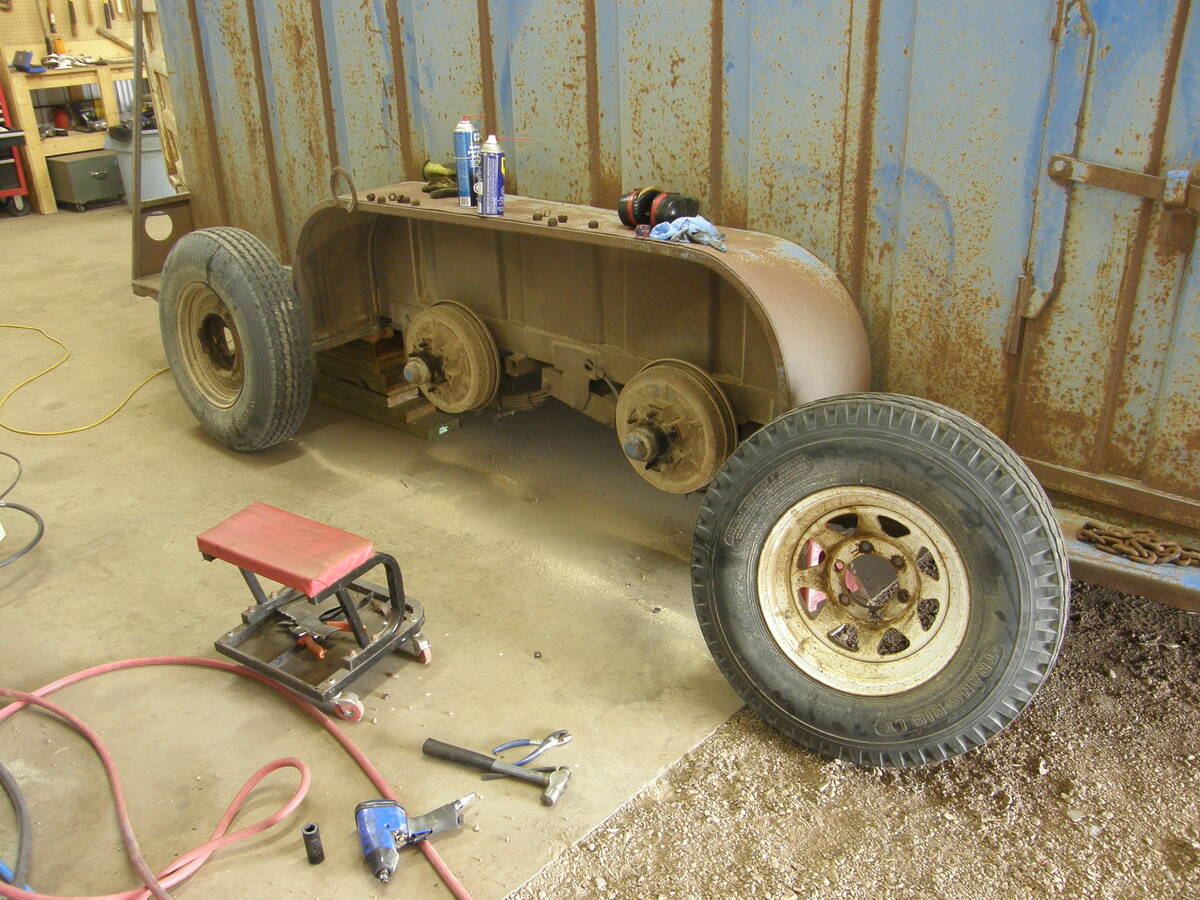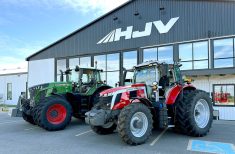Even weight distribution, greater row down pressure, on-the-go population control — each is a focus for developers of modern planting technology.
With sky-high fertilizer prices and variable growing conditions, equipment companies say systems that deliver more precise fertility and moisture management are key.
In a spring 2022 interview, Shawn Livingston, Eastern Canada regional manager for Precision Planting Inc., listed compaction reduction, seed depth correction and improved trench sealing for better moisture retention as central to recent planting technology improvements.
Read Also

How to overhaul electric trailer brakes
Let’s look at what you’ll find when you pull the wheel hubs off your livestock trailer, and what you need to consider to keep those electrical brakes in good working condition.
Moisture retention is also top of mind with technologies that allow real-time seeding depth adjustment.
Why it matters: More customized fertility applications and seeding systems are timely given the volatility of climate and fertilizer markets.
By combining his company’s SmartFirmer system with SmartDepth, a newer technology, Livingston says growers can adjust to variations in soil moisture. The system operates on a range of depths, with an approximate one-inch variance bookended by minimum and maximum depths.
“If we can target a moisture of about 33 per cent and allow the system to move within an inch, we keep our emergence in the critical 24-hour period but are able to get more seeds in the ground to germinate faster,” says Livingston.
Moisture management has also played into planter development at Clean Seed. According to Colin Rush, chief operating officer for the company, moisture is the biggest limiting factor for many growers, particularly on the Prairies.
“We’re starting to get very spotty weather and climate. It’s throwing out some of these models we’ve relied on for years,” he says. It’s important to recognize the extreme moisture variability across the region rather than considering the Prairies as monolithic.
Fertility rates, placement
Redesigning opener systems to more readily break up and aerate soil and bury residue is another area of focus for Clean Seed, along with what Rush calls a “multitool for agronomy.” Developing systems that perform multiple tasks, while adapting row by row, is the challenge. As for variable rate fertility application, he says ‘average years’ are rare so it’s less reliable to base prescriptions on historical averages.
“What we’re looking at integrating now is moisture sensing which would allow us to tweak a prescription for fertility and placement in real time. It’s going to be our chief foray into AI and machine learning,” says Rush.
The idea is to save on inputs in overly dry conditions while increasing yield potential in areas of better moisture.
Livingston also says managing inputs and record-high costs is an ongoing challenge for equipment developers, though the technology is building on itself.
“Fertility is so customizable. I have planters that for years were just dry fertility on one side of the row. In the last couple years, we added liquid fertility in the seed trench … now we’ve added it on the other side of the row.
“We have three zones around the seed of different fertility placement and blends. We do have a lot of ability to variable rate based on soil samples, ground conditions, populations.
“I still believe fertility application, for a lot of farmers in Ontario, is a topic that needs to be discussed.”















